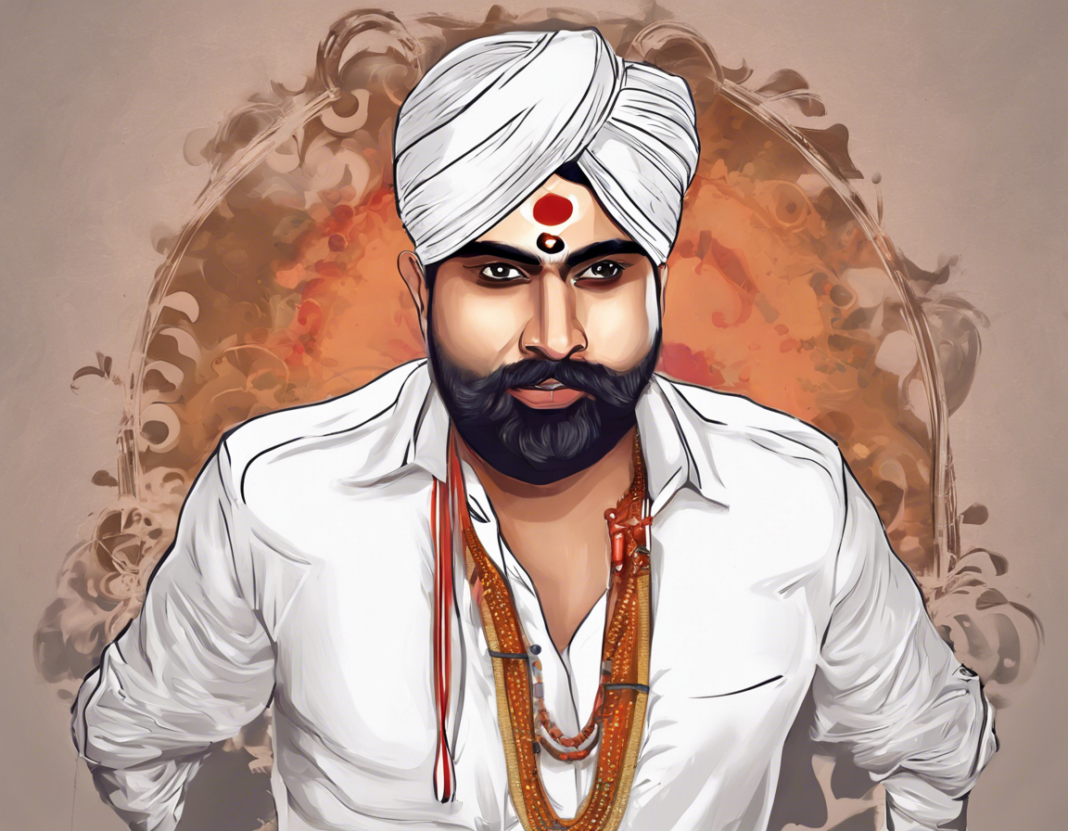Imagine having a conversation with a machine that responds to you just like a human would. This concept is no longer confined to the realms of science fiction, thanks to the development of advanced artificial intelligence technologies. One such technology that has garnered significant attention is the GPT-2 chatbot developed by OpenAI.
Understanding GPT-2
GPT-2, short for Generative Pre-trained Transformer 2, is a cutting-edge language model developed by OpenAI. It is based on a deep neural network architecture known as the transformer. The primary function of GPT-2 is to generate human-like text based on the input provided to it. This input can be in the form of prompts, questions, or partial sentences.
How Does GPT-2 Work?
GPT-2 utilizes a technique called unsupervised learning to train on vast amounts of text data from the internet. During the training phase, the model learns the statistical patterns and structures of language, allowing it to generate coherent and contextually relevant responses.
When a user provides a prompt to GPT-2, the model employs a process called text generation to predict the most likely continuation of the input. This prediction is based on the patterns it has learned during training. The generated text is often indistinguishable from that written by a human, making the interaction with GPT-2 incredibly immersive.
Applications of GPT-2
The versatility of GPT-2 allows it to be used in a wide range of applications across various industries. Some common applications include:
-
Content Generation: GPT-2 can be used to generate articles, stories, poems, and other forms of written content.
-
Customer Support: GPT-2 can assist in handling customer queries and providing automated support.
-
Personal Assistants: GPT-2 can be integrated into personal assistant applications to engage in conversations and provide information.
-
Language Translation: GPT-2 can aid in translating text from one language to another with remarkable accuracy.
-
Creative Writing: Writers and artists can use GPT-2 to brainstorm ideas or overcome creative blocks.
Advantages of Using GPT-2
-
Natural Language Processing: GPT-2 excels in understanding and generating human-like text, making interactions with it feel more intuitive and engaging.
-
Scalability: The architecture of GPT-2 allows it to be scaled up or down based on the requirements of the application, making it adaptable to various scenarios.
-
Adaptability: GPT-2 can be fine-tuned on specific datasets to tailor its responses to a particular domain or style of writing.
-
Continuous Learning: As GPT-2 interacts with more users, it can continuously improve its responses and learn from new input.
Limitations of GPT-2
While GPT-2 offers remarkable capabilities, it is essential to be aware of its limitations:
-
Lack of Context: GPT-2 may sometimes generate irrelevant or nonsensical responses, especially when the input lacks context or coherence.
-
Bias in Data: Since GPT-2 is trained on vast datasets from the internet, it may inadvertently reflect biases present in the data, leading to potentially problematic outputs.
-
Inability to Learn: GPT-2 does not have the capacity for true understanding or learning in the way humans do, limiting its ability to engage in meaningful, dynamic conversations.
Frequently Asked Questions (FAQs) about GPT-2:
-
Can GPT-2 understand and respond in multiple languages?
GPT-2 can generate text in multiple languages, but its proficiency may vary depending on the language and the quality of training data available. -
Is GPT-2 capable of generating coding or technical content?
While GPT-2 can generate text related to coding, it may not always produce accurate or syntactically correct code. -
How does GPT-2 ensure the privacy and security of user interactions?
OpenAI implements strict guidelines and protocols to protect user data and ensure secure interactions with GPT-2. -
Can GPT-2 be integrated into existing chatbot platforms?
Yes, GPT-2 can be integrated into various chatbot platforms through APIs or custom development. -
Does GPT-2 have a limit on the length of text it can generate?
GPT-2 can generate text of varying lengths, but longer prompts may sometimes result in less coherent responses.
In conclusion, the GPT-2 chatbot by OpenAI represents a significant advancement in artificial intelligence and natural language processing. Its ability to mimic human-like conversations and generate coherent text has opened up a plethora of possibilities for its application in diverse fields. As developers continue to enhance and fine-tune the capabilities of GPT-2, we can expect even more sophisticated and immersive interactions with AI-powered chatbots in the future.


